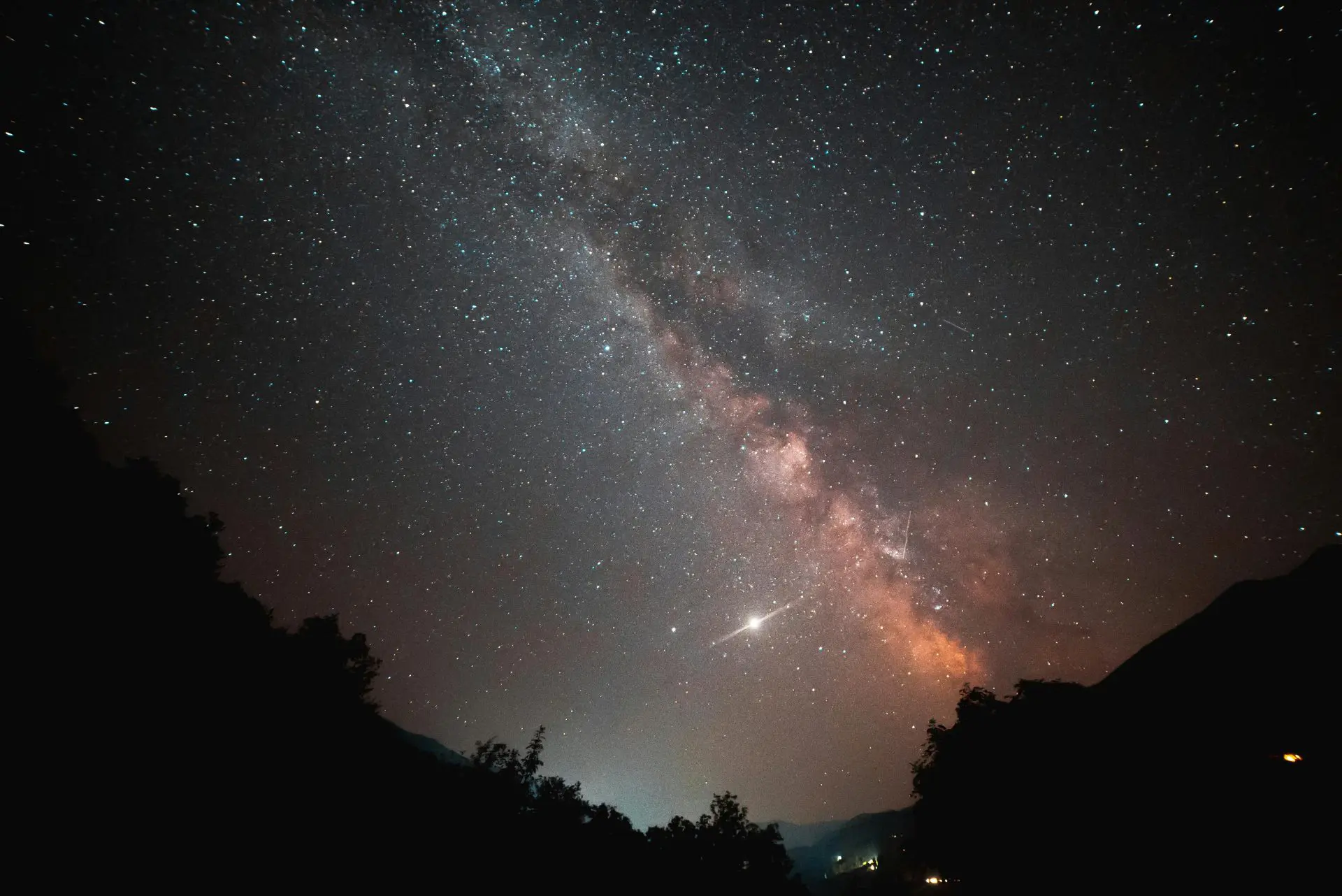Italian Folklore Creatures: Beasts and Monsters of Legend

Looking for more amazing products? Check out our online store and explore our collection here! Happy shopping!
Before diving in, please note: This post is for informational purposes only. If you’d like to know more about how we approach topics, feel free to check out our friendly Disclaimer Page.
Hey there, amazing readers! 
We’re committed to delivering quality posts, and your support (even just sticking around despite the ads) means everything to us. So, bear with us, and thanks for helping us keep the good vibes rolling. Now, on to the fun stuff!
TRANSLATE BUTTON AT THE END OF THE ARTICLE
Introduction to Italian Folklore Creatures
Italian folklore is rich with a diverse array of mythical beings, beasts, and monsters that have captivated imaginations for centuries.
These creatures embody the fears, beliefs, and values of Italian culture, showcasing a unique blend of superstition and storytelling.
From the menacing vampires to the mischievous fairies, Italian folklore creatures come in all shapes and sizes, each with its own fascinating backstory.
In this article, we will delve into the origins, stories, and significance of these legendary beings, shedding light on the mysterious world of Italian folklore.
The Origins of Italian Folklore Beasts
The creatures of Italian folklore find their roots in ancient mythology, religious beliefs, and regional legends.
Many of these beings have been passed down through generations, evolving over time to suit the changing cultural landscape.
Some creatures, like the fearsome werewolf or the seductive siren, have ties to Greek and Roman mythology, while others are indigenous to Italy, shaped by local customs and traditions.
The intricate web of folklore in Italy reflects the country’s diverse history and the influences of various civilizations that have shaped its folklore over the centuries.
The Most Famous Monsters in Italian Legend
Italian folklore is home to a menagerie of famous monsters that have become iconic figures in popular culture.
From the bloodthirsty vampire known as the "strigoi" to the shape-shifting "lupo mannaro" (werewolf), these creatures have captured the imagination of storytellers, artists, and filmmakers alike.
Other well-known monsters include the terrifying "civetta" (owl woman) who lures victims to their doom and the eerie "sagoma" (shadow person) that haunts the night.
These creatures continue to fascinate audiences worldwide, each embodying a different aspect of Italian folklore.
Terrifying Beings of Italian Folklore
Italian folklore is filled with terrifying beings that lurk in the shadows, waiting to prey on unsuspecting victims.
The "banshee-like" "strega" (witch) casts spells and curses on those who cross her path, while the sinister "nucanuc" (goblin) delights in causing chaos and mischief.
The grotesque "morto vivente" (living dead) roams the earth in search of vengeance, while the malevolent "lamia" (she-demon) seduces men to their demise.
These creatures instill fear and awe in those who dare to venture into the dark corners of Italian folklore.
Stories and Myths Surrounding Italian Creatures
The stories and myths surrounding Italian folklore creatures are as diverse as the creatures themselves.
From cautionary tales warning of the dangers of wandering alone in the forest to epic battles between heroes and monsters, these stories have been passed down through generations, shaping the collective imagination of the Italian people.
Some stories depict creatures as malevolent forces to be feared and avoided, while others portray them as misunderstood beings deserving of empathy and understanding.
These myths and legends continue to resonate with audiences today, offering a glimpse into the rich tapestry of Italian folklore.
Supernatural Beasts of Italian Folklore
Italian folklore is teeming with supernatural beasts that defy logic and reason, existing in a realm beyond the mundane world.
These creatures possess otherworldly powers and abilities, from shape-shifting abilities to the ability to control the elements.
The "sirena" (mermaid) lures sailors to their watery graves with her enchanting song, while the "folletto" (pixie) grants wishes to those who appease it.
These supernatural beings blur the lines between reality and fantasy, adding a sense of mystery and wonder to Italian folklore.
Italian Folklore: A Rich Tradition of Monsters
Italian folklore boasts a rich tradition of monsters that have captivated audiences for centuries.
These creatures embody the fears, desires, and values of Italian society, serving as metaphors for the human experience.
From the vengeful "strige" (witches) to the enigmatic "folletti" (fairies), Italian folklore monsters represent a wide range of emotions and themes, reflecting the complexities of the human condition.
This rich tradition continues to inspire artists, writers, and storytellers, keeping these legendary beings alive in the hearts and minds of the Italian people.
Folk Beliefs and Superstitions About Creatures
Folk beliefs and superstitions play a significant role in Italian culture, shaping the way people interact with the natural world and the supernatural beings that inhabit it.
Many Italians believe in the existence of creatures such as the "folletto" (sprite) or the "santarello" (household spirit), leaving offerings to appease these entities and ensure good fortune.
Superstitions surrounding creatures like the "strige" (witch) or the "lupo mannaro" (werewolf) dictate specific behaviors to ward off their malevolent influence.
These beliefs and superstitions continue to influence daily life in Italy, adding a touch of magic and mystery to the mundane.
The Influence of Italian Folklore Creatures
Italian folklore creatures have had a profound influence on art, literature, and popular culture, both in Italy and around the world.
These legendary beings have inspired countless works of fiction, from classic novels to contemporary films, leaving an indelible mark on the collective imagination.
Artists like Leonardo da Vinci and Caravaggio have depicted these creatures in their works, capturing the essence of Italian folklore in their masterpieces.
The enduring popularity of Italian folklore creatures speaks to their timeless appeal and the universal themes they embody.
Notable Italian Folklore Beasts and Monsters
Some of the most notable Italian folklore beasts and monsters include:
Strigoi (vampire): A bloodthirsty creature that preys on the living.
Lupo Mannaro (werewolf): A shape-shifting creature that transforms into a wolf.
Strega (witch): A malevolent sorceress who casts spells and curses.
Sirena (mermaid): A beautiful sea creature with an enchanting song.
Folletto (pixie): A mischievous creature that grants wishes to those who please it.
These creatures have become iconic figures in Italian folklore, embodying various aspects of human nature and the supernatural world.
Unraveling the Mysteries of Italian Folklore
Italian folklore is a vast and intricate tapestry of myths, legends, and creatures that continue to captivate audiences to this day.
By unraveling the mysteries of Italian folklore, we gain insight into the beliefs, fears, and values of the Italian people throughout history.
The stories and creatures that populate Italian folklore offer a window into a world where the supernatural and the mundane coexist, where ancient traditions and modern sensibilities collide.
Exploring the depths of Italian folklore allows us to appreciate the rich cultural heritage of Italy and the enduring legacy of its mythical beings.
How Italian Folklore Creatures are Portrayed Today
Italian folklore creatures are still prevalent in modern culture, appearing in books, movies, and television shows that draw upon the rich tapestry of Italian mythology.
These legendary beings continue to inspire artists, writers, and filmmakers to create new and imaginative interpretations of age-old stories.
By reimagining Italian folklore creatures for contemporary audiences, creators breathe new life into these ancient myths, ensuring that they remain relevant and engaging for generations to come.
The enduring popularity of Italian folklore creatures speaks to their timeless appeal and the universal themes they embody.
Conclusion
Italian folklore creatures have long been a source of fascination and intrigue, captivating audiences with their tales of mystery and wonder.
From the bloodthirsty vampires to the mischievous fairies, these mythical beings embody the fears, desires, and values of Italian culture, offering a glimpse into a world where the supernatural and the mundane intersect.
By exploring the stories, myths, and legends surrounding Italian creatures, we unravel the mysteries of a rich and diverse tradition that continues to inspire and entertain audiences around the globe.
Italian folklore creatures are not merely monsters; they are reflections of the human experience, timeless symbols of our deepest fears and desires.

The Enlightenment Journey is a remarkable collection of writings authored by a distinguished group of experts in the fields of spirituality, new age, and esoteric knowledge.
This anthology features a diverse assembly of well-experienced authors who bring their profound insights and credible perspectives to the forefront.
Each contributor possesses a wealth of knowledge and wisdom, making them authorities in their respective domains.
Together, they offer readers a transformative journey into the realms of spiritual growth, self-discovery, and esoteric enlightenment.
The Enlightenment Journey is a testament to the collective expertise of these luminaries, providing readers with a rich tapestry of ideas and information to illuminate their spiritual path.
Our Diverse Expertise
While our primary focus is on spirituality and esotericism, we are equally passionate about exploring a wide range of other topics and niches 

To ensure we provide the most accurate and valuable insights, we collaborate with trusted experts in their respective domains 
Our blog originally focused on spirituality and metaphysics, but we’ve since expanded to cover a wide range of niches. Don’t worry—we continue to publish a lot of articles on spirituality! Frequently visit our blog to explore our diverse content and stay tuned for more insightful reads.
Hey there, amazing reader! 
Check out our store here and take a peek at some of our featured products below! Thanks for being awesome!













